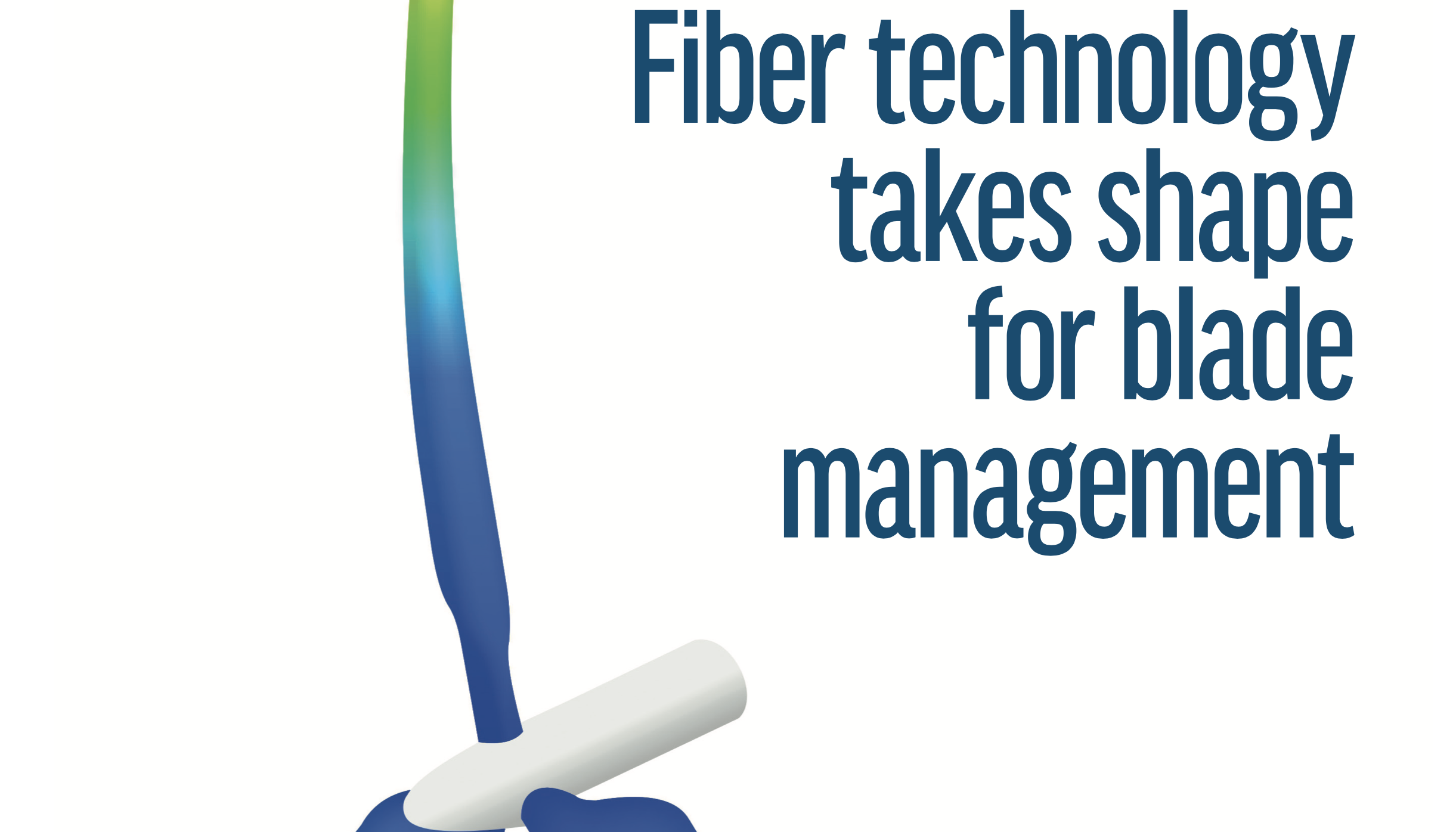Detecting damage in turbine blades at an early stage can go a long way to ensuring their efficiency is maximised. PES was keen to learn from Fibersail’s Pedro Pinto CEO and co-founder, Carlos Oliveira, co-founder and executive director about the possibilities for using fiber optics in monitoring blade performance and condition. Could it be a shape changer for the industry?
PES: Welcome to PES Wind Pedro and Carlos, it’s lovely to speak with you both. First of all, would you like to introduce Fibersail to our readers?
Pedro Pinto: Sure! As we understand, wind turbine blades, being the forefront structures converting wind into kinetic and electrical energy, are key drivers of turbine performance. With blades getting longer and more flexible for efficiency reasons, they get more critical, thus it is also crucial to reliably monitor them. Monitoring is essential for wind turbines to perform at their best during their entire lifetime, maintaining the lowest possible operational costs.
Fibersail provides a solution to tackle the industry needs by bringing an innovative way of monitoring blade performance and condition through its proprietary shape sensing technology. Our solution allows the measurement of the blade’s deflection and tip position in real time, independently from design models or blade variations. We think this is a unique approach that will set a new standard in the industry.
PES: Can you explain a little bit about the technology behind the Fibersail system? It’s fiber optic, is that right?
PP: You’re right. The Fibersail system is based on fiber optic technology and takes full advantage of its proven fit to the operational conditions of wind turbines. However, it was designed to solve many of its current limitations.
Fibersail proprietary technology comprises a composite beam that adds robustness, with embedded parallel arrays of FBGs that adds resolution and temperature immunity. That sits inside a sliding sleeve that allows for a reduction of loads in the sensor, extending its operational life for 30 plus years. By measuring the local curvature in each cross-section, our algorithm reconstructs the shape of the beam, thus, the shape of the blade in every instant.
The sensor has the same length as the blade and is installed or retrofitted from root to tip, meaning that blade deformations are measured and not extrapolated or inferred. This provides access to blade flapwise and edgewise deflections, along with the torsion measurements from root to tip during its operation.



























